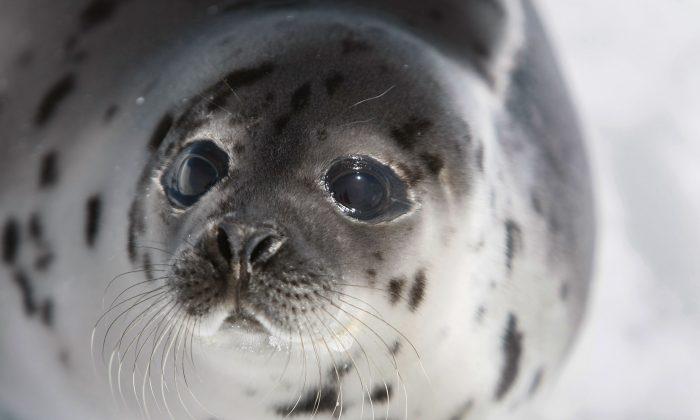Canada’s seal industry, once worth millions annually, brought in only thousands in 2021.
By contrast, the Atlantic market was worth $34.3 million in 2006, including $18 million in fur exports, according to Blacklocks. Reeves said Canada has only exported $6,000 worth of furs in the past four years.
Senator Jane Cordy of Nova Scotia said: “We all know that the seal population is exploding and that hungry seals eat lots of fish so it creates a problem.”
The seals are killed with clubs or shot, though the Humane Society says seal hunters don’t want to ruin the pelts with bullets so they will often leave wounded seals to die.
“It is not possible to specify a level of reduction that would be necessary or sufficient to reverse the cod decline,” the report states. But it does give examples of different models that try to predict that.
In one model, the total elimination of seals would not be enough for the cod population to recover. In another model, 70 percent of seals (about 31,000) would need to be culled in the southern Gulf area to allow cod to recover.
Seals not only eat the fish but also transmit a parasite called larval sealworm, which makes the fish less marketable, DFO reports.
At the recent Senate fisheries committee meeting, Liberal MP Yvonne Jones said: “Foreign governments and well-funded activist groups from away and at home in Canada have dealt a significant blow to this industry over the years and created a terrible image of the Canadian seal harvest. We have an obligation to make things right.”
Reeves of Foreign Affairs reported that a certification of seal oil for sale to Taiwan could boost the industry back up into the millions. “This could be worth about $2 million in exports a year,” he said, according to Blacklocks Reporter. “The certificate is being finalized right now.”






Friends Read Free